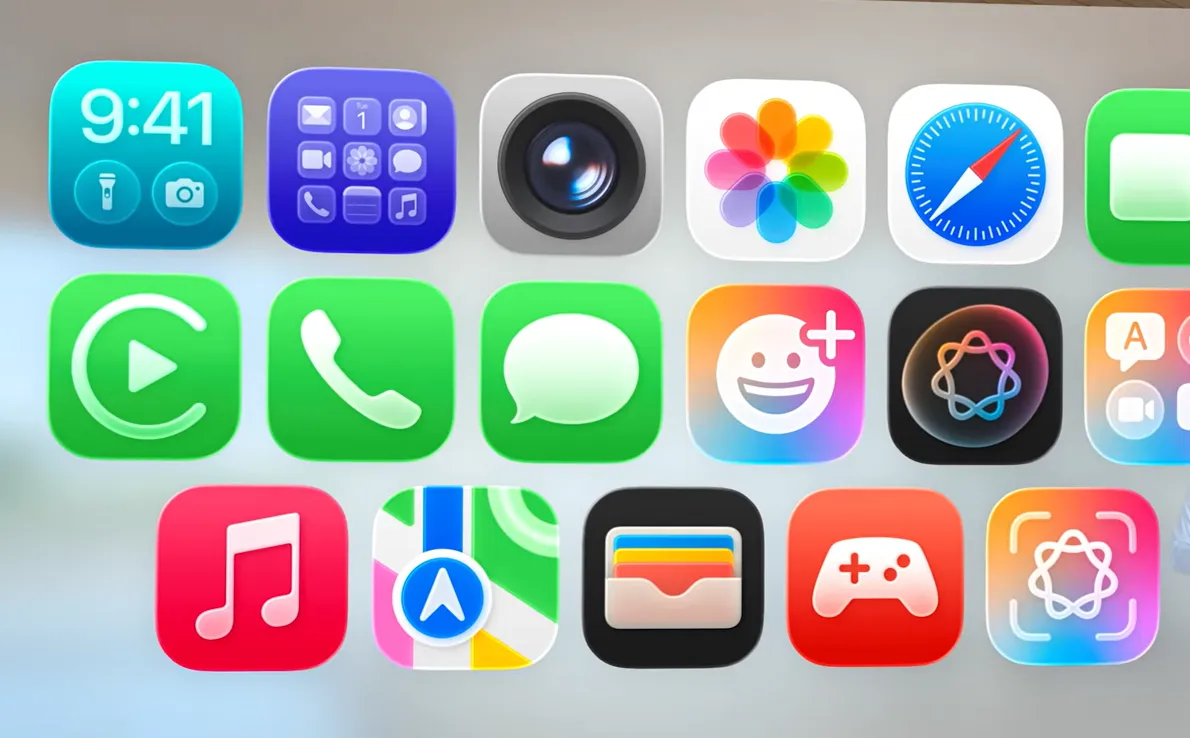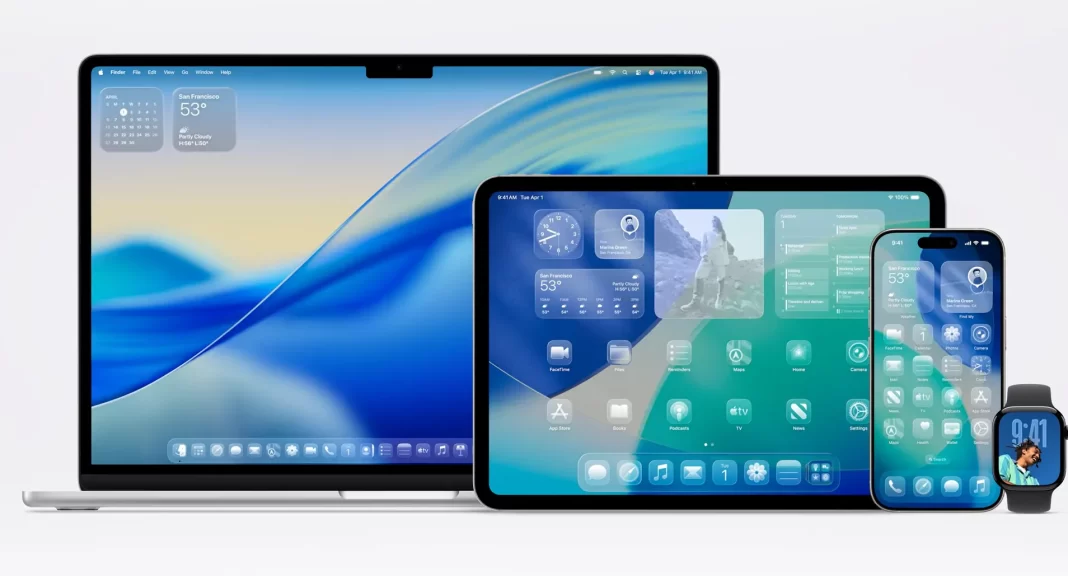Apple’s annual operating system updates are always a hot topic, especially when it comes to compatibility. This year, iOS 26 and iPadOS 26 promise a number of groundbreaking features, including the much-anticipated Apple Intelligence suite, a redesigned interface, and deeper AI integration. But as with every major update, not all devices make the cut. Whether you’re a longtime Apple user or deciding whether to upgrade, this guide breaks down everything you need to know about compatibility, dropped devices, and what features you can expect based on your model.
iPhones Compatible with iOS 26
With iOS 26, Apple is once again narrowing its compatibility list to focus on newer, more powerful devices. Starting with the iPhone 11 series, all models moving forward are eligible for the update. That includes the iPhone 12, 13, 14, 15, and the upcoming iPhone 16 series. All second-generation and newer iPhone SE models also make the cut. If you’re using any of these devices, you’re in luck—you’ll be able to take full advantage of the latest iOS features, including design upgrades and performance improvements. However, not all models will support every new feature. Apple Intelligence, for instance, will be limited to newer, high-performance devices. More on that later.
What’s notably missing this year are the iPhone XR, iPhone XS, and iPhone XS Max. These devices, all powered by the A12 Bionic chip, will not receive iOS 26. This marks a significant departure from previous years where Apple continued support for older hardware well beyond expectations. If you’re currently using one of the A12 models, it’s a good time to start considering an upgrade—especially if you’re interested in accessing future innovations like Visual AI, live on-device translation, and Apple’s smarter multitasking capabilities. In summary, iOS 26 is more selective, aligning its software capabilities with hardware that can fully support them.

Apple Intelligence: Which iPhones Support It?
While iOS 26 rolls out to a wide range of devices, Apple Intelligence is a different story altogether. The advanced feature set, which includes real-time visual analysis, on-device large language models, and smarter multitasking, is only available on select models. Specifically, the iPhone 15 Pro and iPhone 15 Pro Max are the oldest devices to support it, thanks to their A17 Pro chip. Naturally, the upcoming iPhone 16 series will also come with Apple Intelligence fully integrated.
This exclusivity is not just a marketing strategy—it’s a necessity. Apple Intelligence requires significant processing power and neural engine bandwidth, which only the newer chips can handle. For users on older iPhones—even the iPhone 15 and 14 series (non-Pro models)—this means missing out on features like advanced visual lookup, contextual Siri responses, and the new 3D Lock Screen. While the standard update still brings design refinements and app improvements, the lack of Apple Intelligence may feel like a big loss for those hoping for cutting-edge enhancements. If you’re serious about future-proofing your phone, now might be the time to go Pro.
iPadOS 26: Compatibility and New Requirements
Turning to iPads, the story is similar. iPadOS 26 supports a healthy list of tablets but draws a harder line on what’s left behind. Supported models include the iPad mini 5th generation and newer—including the just-announced mini 7 powered by the A17 Pro. The standard iPad is compatible from the 8th generation and up, covering a wide range of use cases from education to media consumption. The iPad Air 3 and newer are supported as well, including the latest M2 and M3 models. When it comes to iPad Pro, you’ll need an 11″ (1st gen and up) or a 12.9″ (3rd gen and up) model to run iPadOS 26.
As expected, the 7th generation iPad and older are no longer supported. These legacy models, while still functional for basic tasks, simply can’t keep up with the performance demands of newer operating systems. This year, Apple is placing a much bigger emphasis on device speed, display performance, and memory capabilities—especially with the roll-out of Apple Intelligence and multitasking upgrades. So, if you’re using an older iPad, you may want to consider upgrading not just for compatibility but for a more fluid user experience overall.
Which iPads Support Apple Intelligence?
Apple Intelligence is not universal across all iPads either. Only higher-end models will support these advanced capabilities. This includes any iPad Air model running on the M1 chip or newer, and all recent iPad Pro models powered by M1, M2, or the just-released M4 chip. The new iPad mini 7 also makes the cut, thanks to its A17 Pro chip. These models will benefit from the full spectrum of features—contextual search, smarter multitasking layouts, generative AI summaries, live visual object recognition, and more.
Users with older A-series chips, even on otherwise supported devices, will still get the core iPadOS 26 update but without access to the more demanding intelligence features. This hardware segmentation is becoming a clear pattern for Apple, and it’s something users should take seriously when deciding on future purchases. If your workflow involves productivity, creative work, or accessibility features, these improvements could be more than just bells and whistles—they could redefine how you use your iPad entirely.
Release Timeline and What to Expect
iOS 26 and iPadOS 26 were officially announced during Apple’s WWDC keynote on June 9, 2025. The developer beta is already live, giving developers early access to the new tools and UI changes. A public beta is expected by mid-July, which will allow anyone with a supported device to test the update. The final, stable release is projected for mid-September—likely around September 16, based on Apple’s usual fall schedule.
The updates will introduce several major improvements beyond compatibility. Expect to see the new “Liquid Glass” design language across iPhones and iPads, improved multitasking support, and faster app responsiveness. Apple Intelligence is undoubtedly the headline, but even users without Pro-level hardware will benefit from smoother animations, updated Messages and Mail apps, and enhanced privacy settings. Apple continues to refine both performance and aesthetics, striking a balance between polish and power that’s hard to ignore.
TL;DR: What You Need to Know
iPhones Supported by iOS 26:
iPhone 11 and newer, including SE (2nd gen+), iPhone 12 through 16.
Not Supported: iPhone XR, XS, XS Max.
Apple Intelligence on iPhone:
Exclusive to iPhone 15 Pro/Pro Max and all iPhone 16 models.
iPads Supported by iPadOS 26:
iPad mini 5+, iPad 8+, iPad Air 3+, and iPad Pro 11″ (1st gen+) / 12.9″ (3rd gen+).
Not Supported: iPad 7 and older.
Apple Intelligence on iPad:
Only on M1/M2/M4 iPad Pro, M1+ iPad Air, and iPad mini 7.
Timeline:
Developer beta – June 9, 2025
Public beta – Mid-July
Official release – Mid-September 2025
Still unsure if your device will be eligible for the update? Want to explore how Apple Intelligence might change your workflow? Or maybe you’re interested in getting into the beta program early? Let us know, and we can walk you through your specific device’s capabilities or help you get set up for what’s next.


